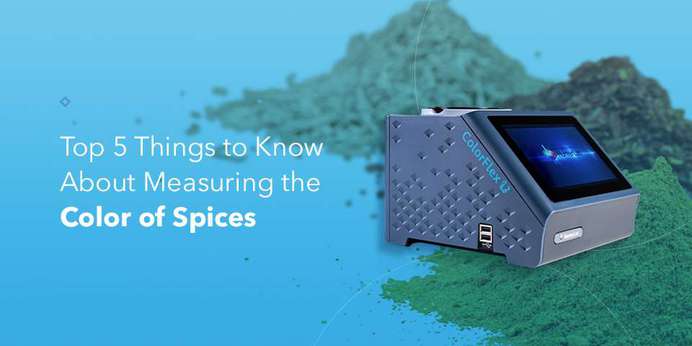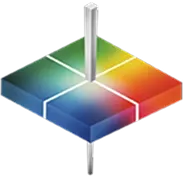
Color consistency in seasonings is crucial to your product's success with consumers, and chromatic data lets you know your goods fall within allowable tolerances. Exploring the top five things to know about measuring the color of seasonings enables you to achieve consistency and improve product quality.
1. Understand How Color Influences Your Customers' Buying Decisions
Seasonings bring products to life with a unique flavor that your consumers crave, but visual inspection is the first experience these customers have with your goods. Color becomes an important indicator in consumers' choices since they equate it with flavor, quality, and desirability. No matter how tasty your seasoning is, customers will pass on your products if they don't meet color expectations.
2. Choose the Right Measurement Method for Their Physical Traits
Seasonings present unique measurement challenges due to their physical properties — they often feature components with different sizes, shapes, or textures. For example, everything bagel seasoning has small, round poppy seeds combined with larger, flatter sesame seeds and flakes of sea salt, minced onion, and dried garlic. These nonuniform traits require reflectance measurements to quantify color accurately.

